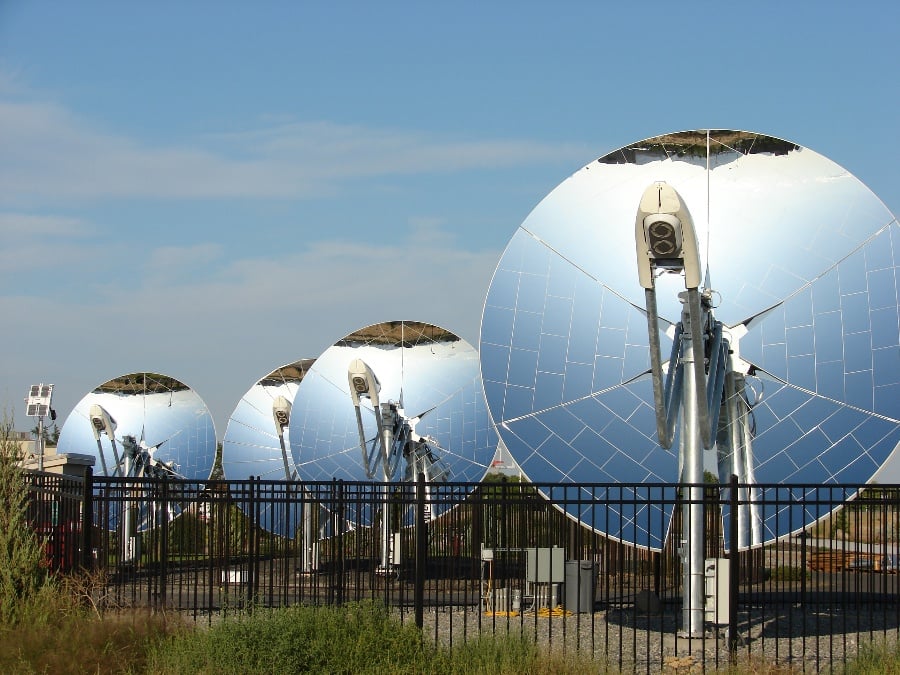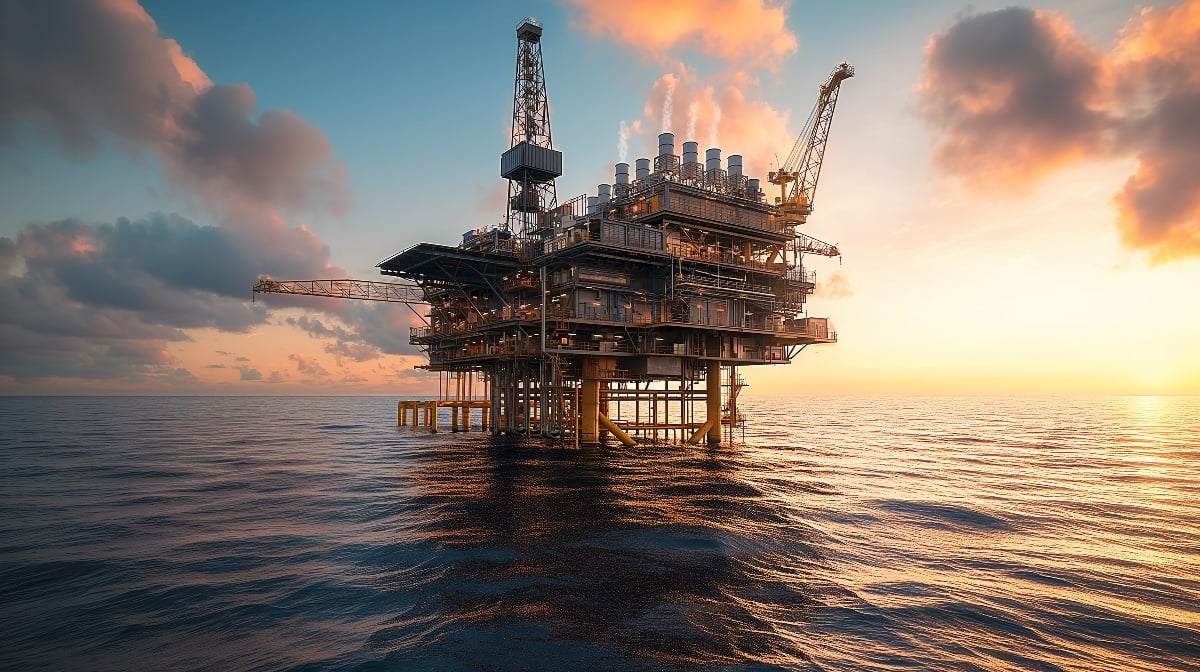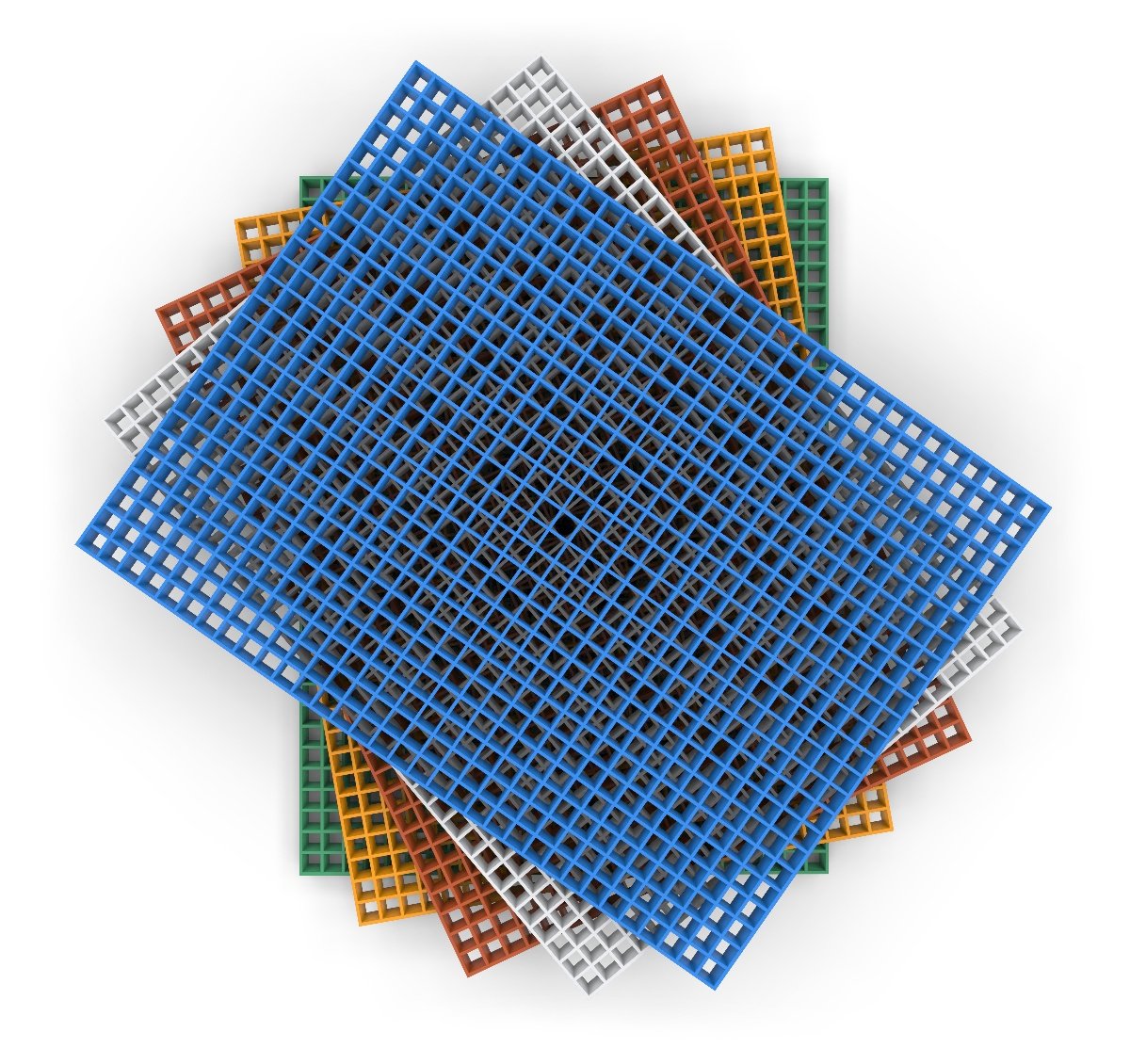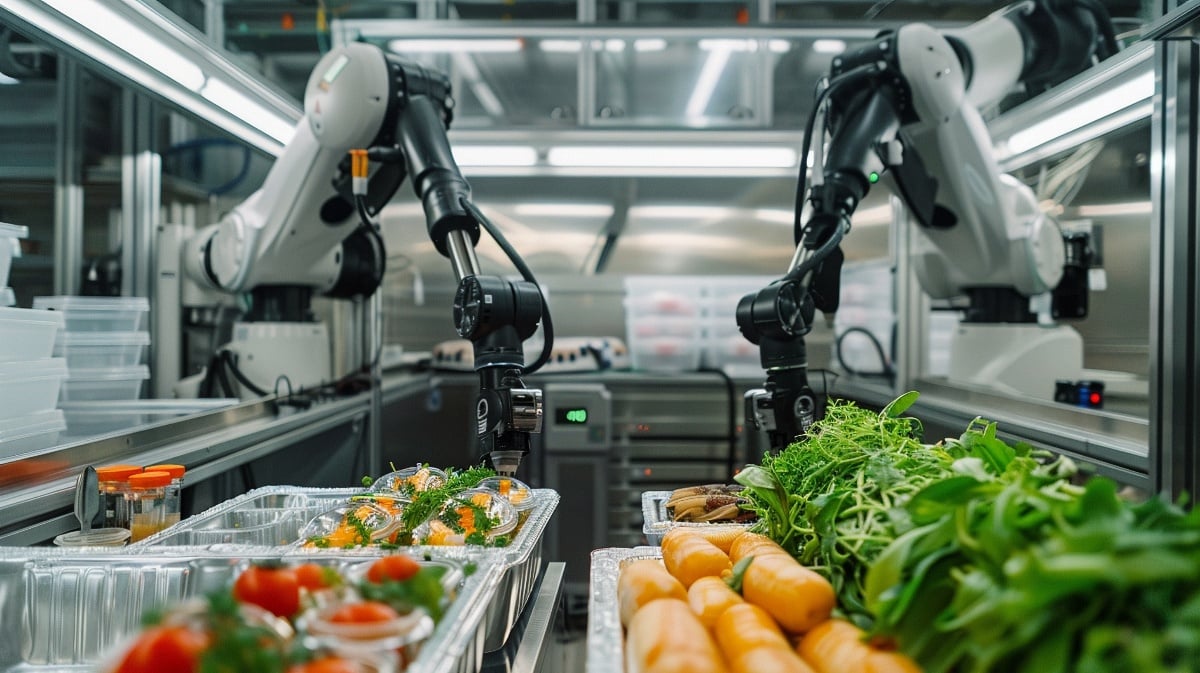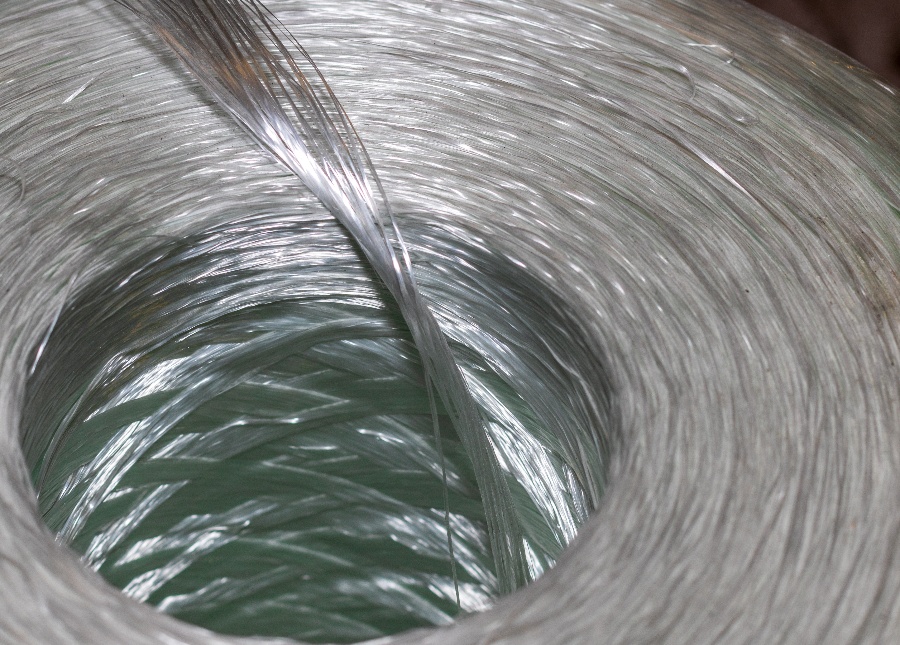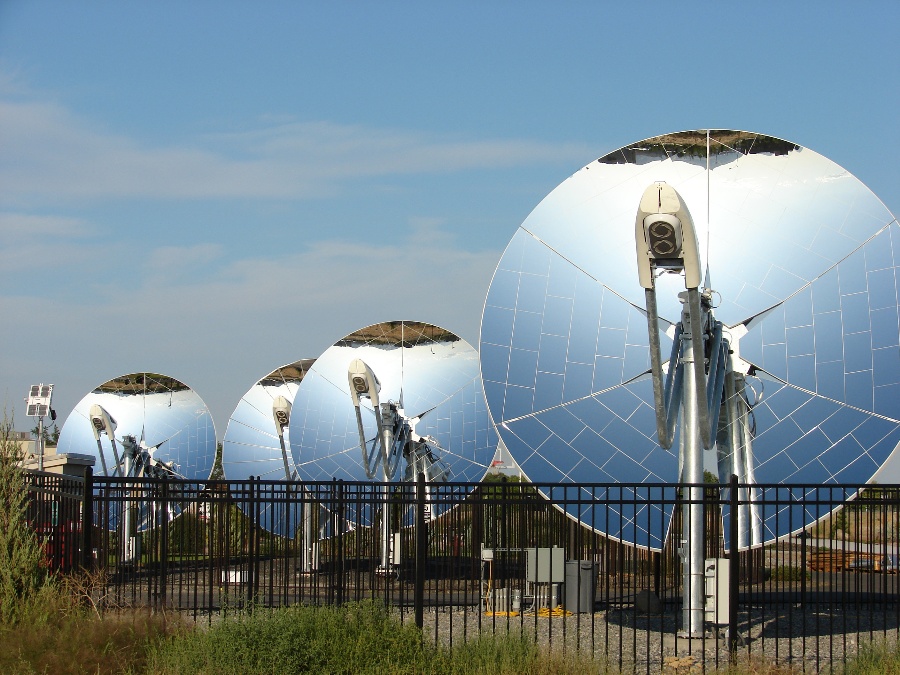
Solar parabolic dish technology is becoming increasingly important as an environmentally-friendly source of energy. A solar parabolic dish system consists of concentrating mirrors that reflect and focus the sun’s rays onto a receiver that converts solar radiation into heat energy. This thermal energy can then be used to produce electricity with an energy conversion device such as a steam turbine or Stirling engine. The use of solar parabolic dishes has numerous benefits, including lowered carbon dioxide emissions, higher efficiency rates, flexible deployment options, space-saving benefits, and cost savings over time.
Engineers must keep in mind that, in order to be effective, a number of different factors must be taken into account when designing solar parabolic dishes.
These design considerations include the characteristics of the reflector, the position of the receivers and their size, how much energy is emitted from the reflector, and how many hours of sunlight they can handle. Each factor is important in its own way, as it plays an integral role in maximizing efficiency and output from a parabolic dish.
Why Solar Parabolic Dishes?
Solar-generated electricity produces significantly fewer GHG emissions than other fossil fuels like coal and natural gas, helping reduce pollution levels in the environment. Using renewable sources of energy, such as solar, also helps to reduce our dependence on non-renewable resources and ensures our future sustainability.
Parabolic dishes provide a very high level of efficiency in terms of energy generation compared to other forms of alternative energy technology, such as photovoltaic cells. By utilizing high-quality concentrating components such as receivers, tracking systems, and reflectors, they can capture energy at every time of day and convert more than 75% into electricity without wasting any heat or noise pollution. As a result, this type of equipment offers higher returns on investment over time with smaller upfront costs compared to other alternative technologies.
Solar parabolic dishes are incredibly portable and can be deployed with minimal setup time, which allows for flexibility in terms of needs change or if a system is temporarily needed for a certain length of time. As there is no need for underground tunnels or wells, installation sites can be changed quickly where applicable to minimize disruption to existing environments during construction phases.
Designing Solar Parabolic Dishes
The design of a traditional solar parabolic dish involves many considerations to ensure its effectiveness. Engineers must take into account the available space, cost, weight and measurements, quality of materials, and the structure's support system when creating a successful parabolic dish. An effective parabolic dish should be designed with enough structural stability to withstand wind forces while also remaining light enough to lower installation costs.
Additionally, designers must consider the size of the area in which it will be installed and whether there is a need for additional support systems, as well as what kind of materials will be used when building components such as collectors or mirrors. Furthermore, the economic feasibility of the design should also be taken into account, including cost factors such as labor and production runs. Finally, careful attention should be paid to balancing out the entire system's absorption capacity so that energy conversion is optimized.
Material Considerations for Solar Parabolic Dishes
When selecting materials for building an effective solar parabolic dish, there are various trade-offs that need to be taken into account. A strong understanding of the properties involved in thermal stability and durability is essential, as it could impact the longevity of your investment.
The material should be able to withstand temperature levels encountered throughout different times of the day, which can range from -50°F to over 100°F. For structural mechanics and stability, aluminum is often used because it has a very high strength-to-weight ratio and can easily be formed through extrusion profiles.
Metal or coatings that do not corrode should also be considered so they can endure the elements with maximum efficiency. Fourthly, reflectivity performance is critical as higher reflective materials help boost system efficiency while minimizing energy losses. Lastly, you’ll want something that fits within a particular budget in terms of upfront costs. Ultimately these considerations will equip you with valuable knowledge to find the most suitable option for meeting your desired objectives.
Fiberglass-reinforced plastic for Solar Parabolic Dishes
Fiberglass-reinforced plastic (FRP) is an excellent material for constructing solar parabolic dishes. FRP combines the strength and durability of fiberglass with the superior resilience of plastic, making it well-suited for parabolic reflectors that take considerable abuse from the elements. FRP enables solar reflectors to perform efficiently and effectively in various weather conditions while also lasting a long time.
FRP offers superior resistance to corrosion, which increases its service life and reliability in harsh operating environments. The resin matrix used in combination with glass fibers creates a composite material that withstands both chemical and environmental degradation. In addition to its robustness against corrosion, FRP also features high heat resistance without significant expansion or shrinkage during temperature changes. This makes it highly suitable for reflecting solar radiation over extended periods of time without diminishing performance due to thermal fatigue or extreme temperatures.
FRP stands out for its lightweight yet rigid construction which facilitates easy transportation and installation. Also, high impact strength allows it to resist deformation from strong winds or turbulent air flow common in many climates where solar collectors are often deployed.
A distinctive advantage of working with composites is the limitless design possibilities offered by FRP materials. Manufacturers are able to create solar assemblies with varying sizes and shapes to fit different applications and mounting structures, such as mobile tracking systems or stationary pedestals. This offers cost savings compared to other materials that require complex fittings and machining processes for large installations, which drive up expenses significantly.
Real-World Examples
One study found that fiberglass-reinforced plastic can be used for kitchens. The thermal efficiency of the newly constructed fiberglass-reinforced plastic solar parabolic dish concentrator was evaluated through heating heat transfer fluid in a conical cavity receiver that was cycled from the sump by a gear pump and flexible stainless steel connecting pipes. On completing Experiments 1, 2, and 3 at the sump, 194°C maximum fluid temperature was achieved at 17.42%, 17.16%, and 17.21% average thermal efficiency respectively. These results indicate acceptable indoor cooking performance with temperatures ranging between 150°C and 194°C.
Another researcher created a prototype parabolic trough made from fiberglass-reinforced plastic, with a reflectivity of 0.86 on its aluminum-coated aperture area. The line-focusing parabolic trough features a mild steel receiver coated with black proxy material and was tested with and without a glass cover. Instantaneous efficiencies of 51% and 39% were achieved respectively.

